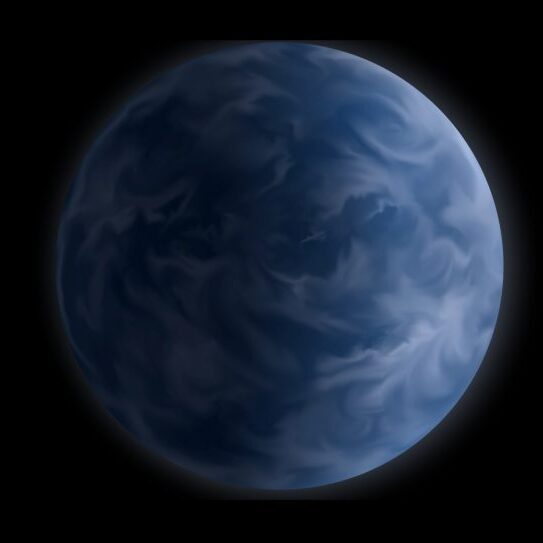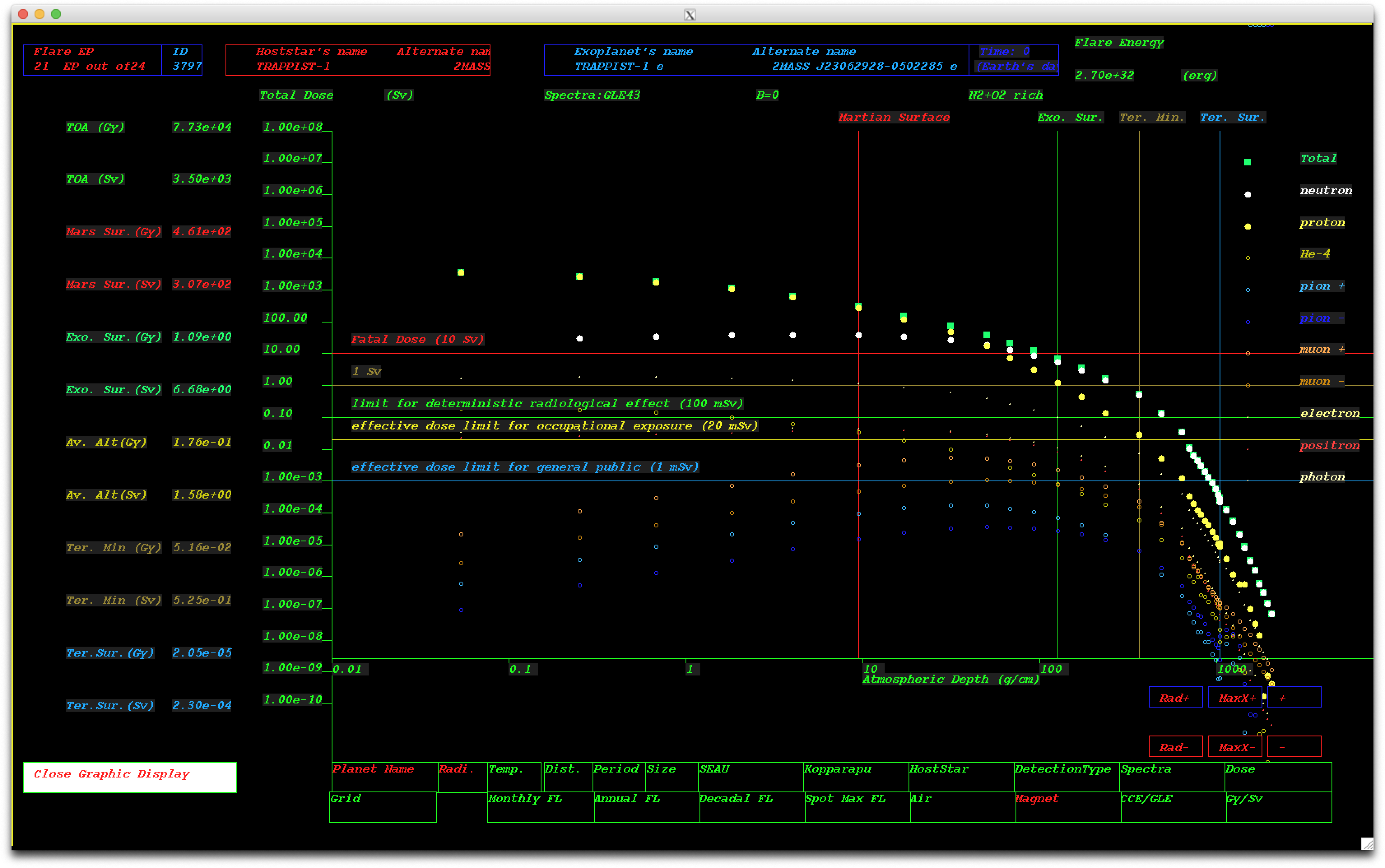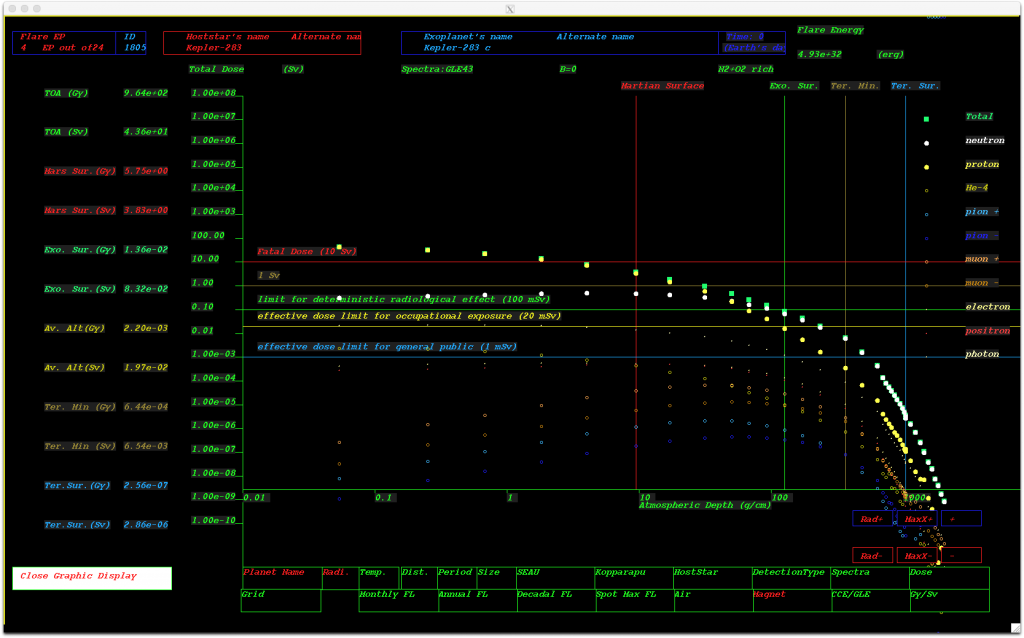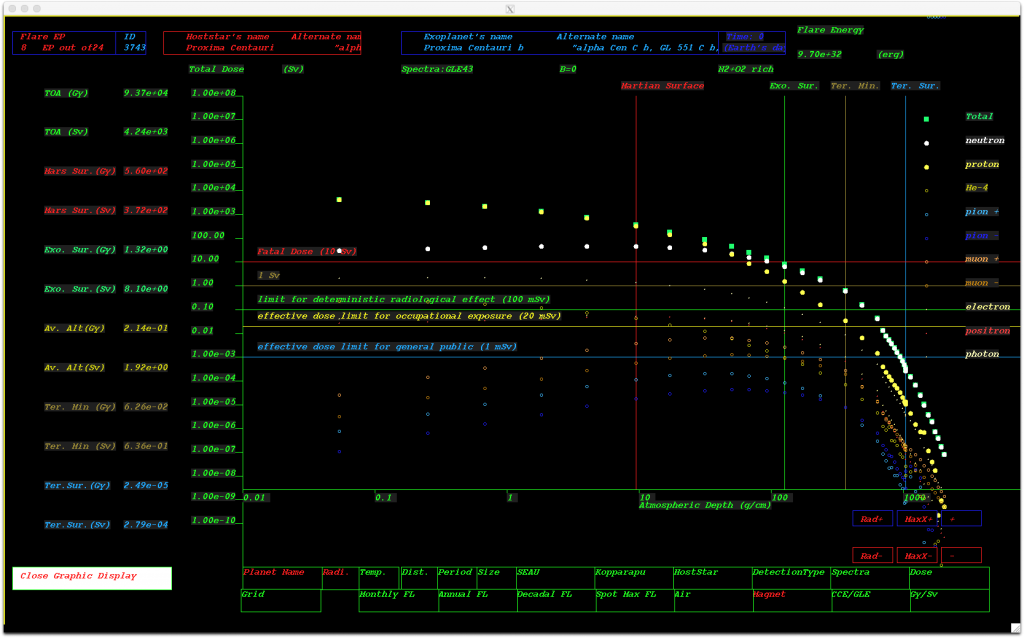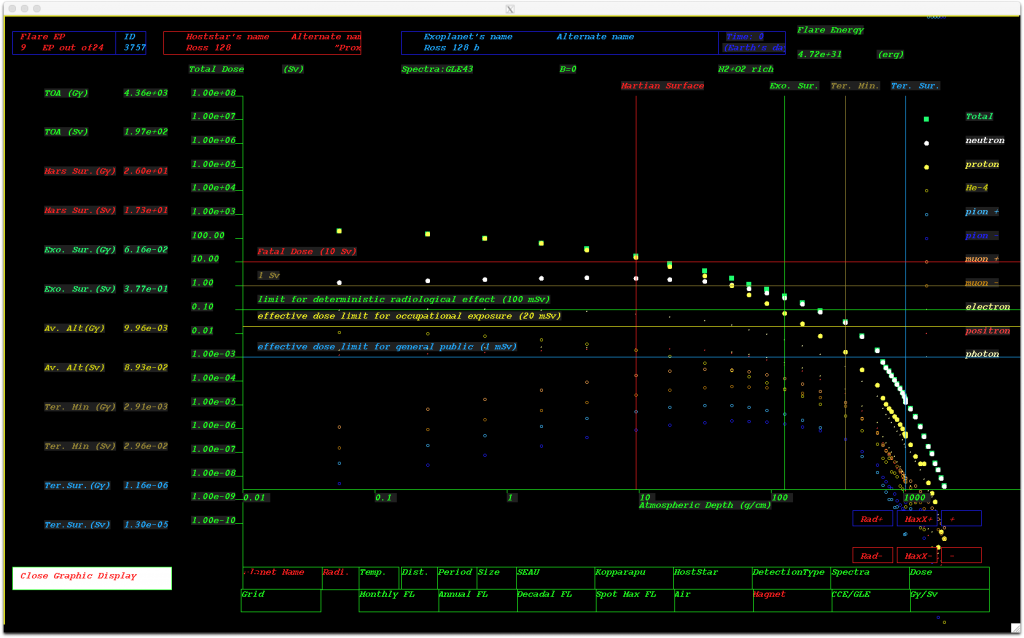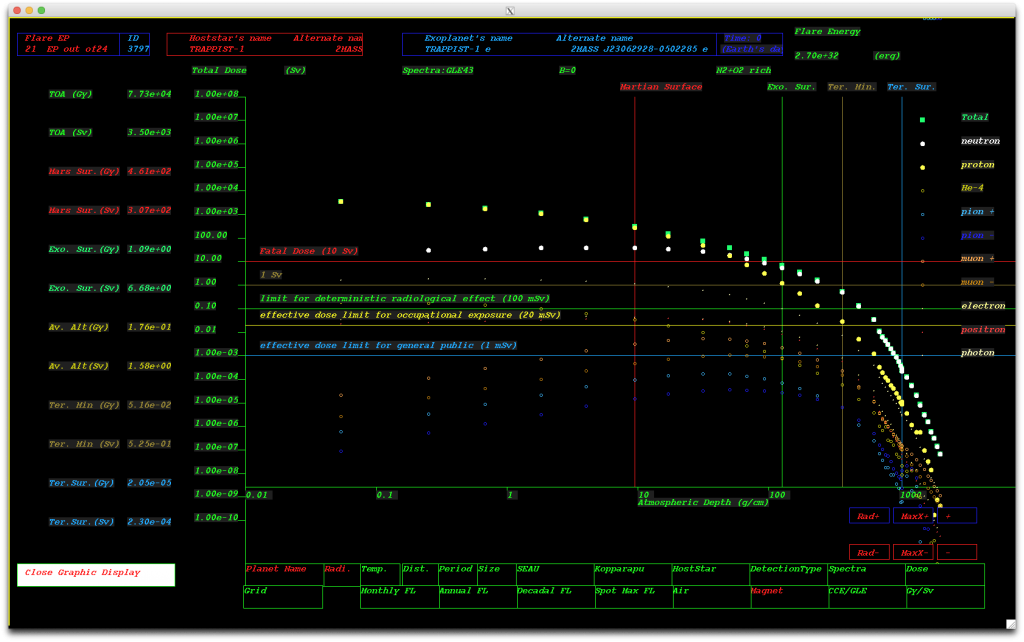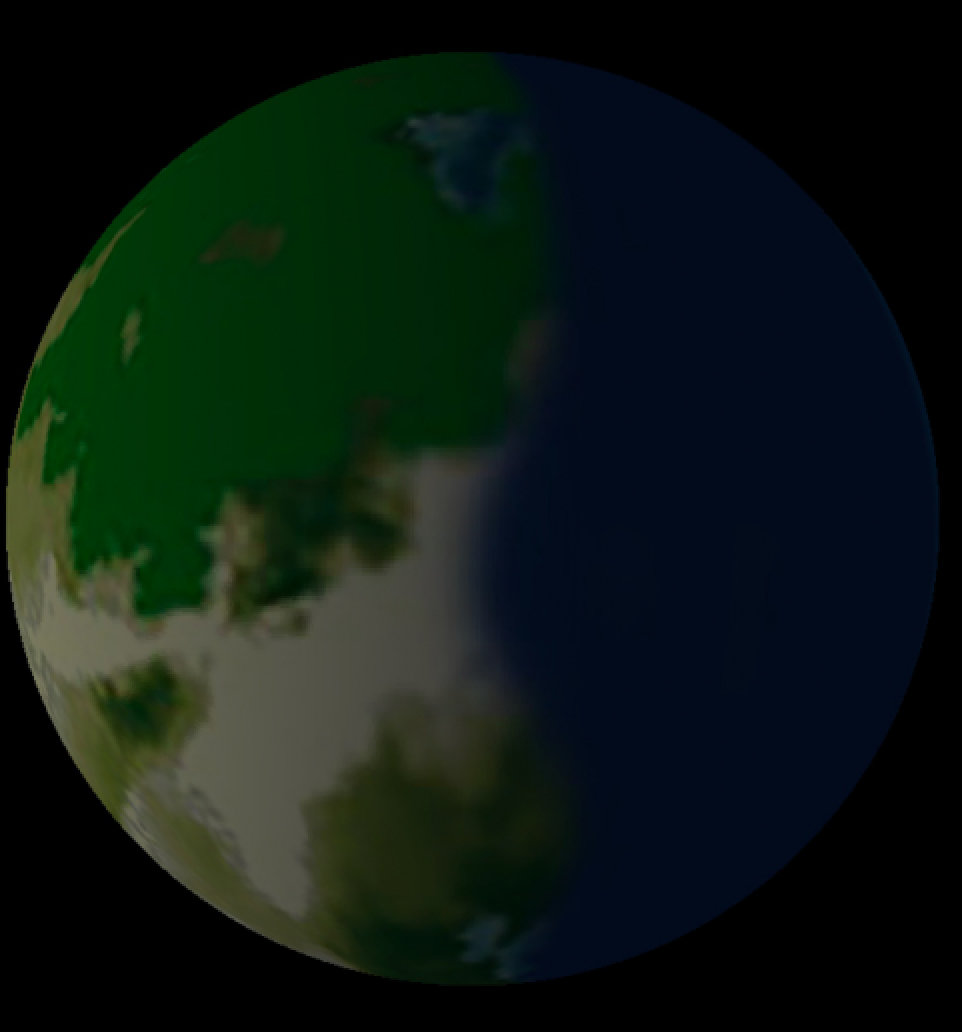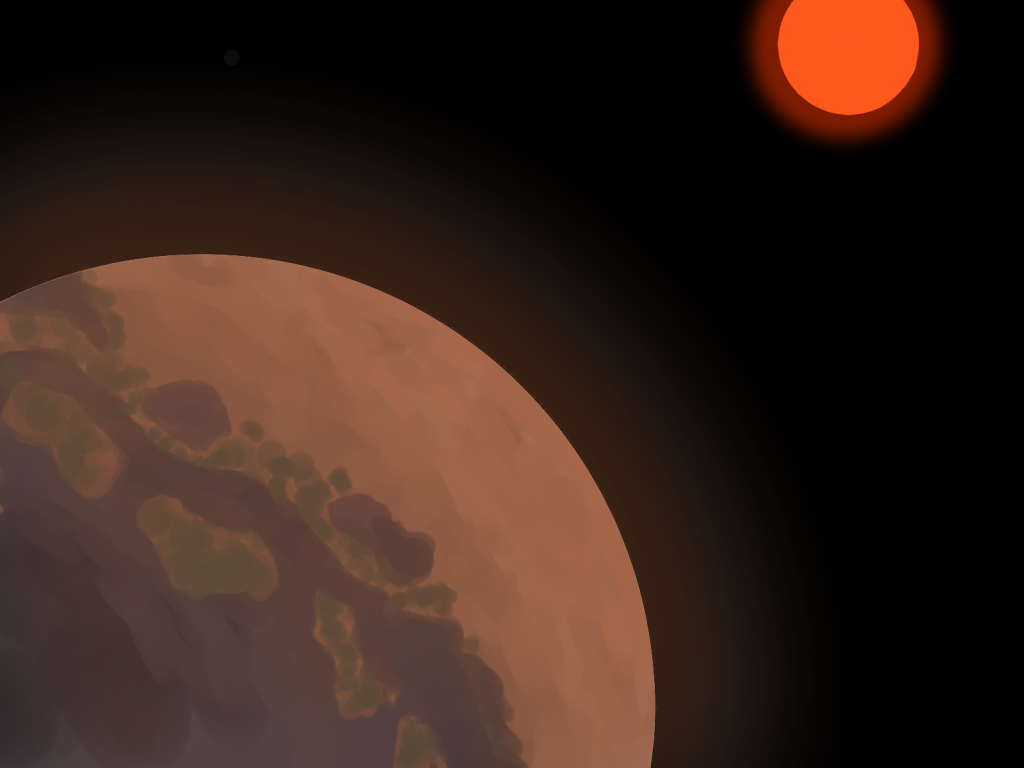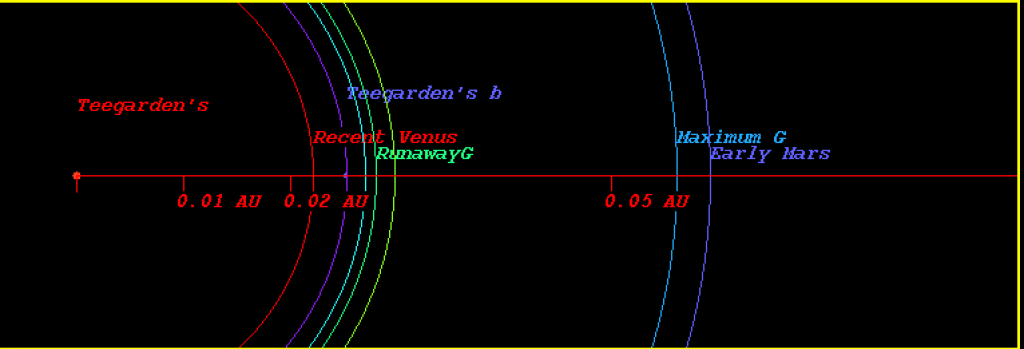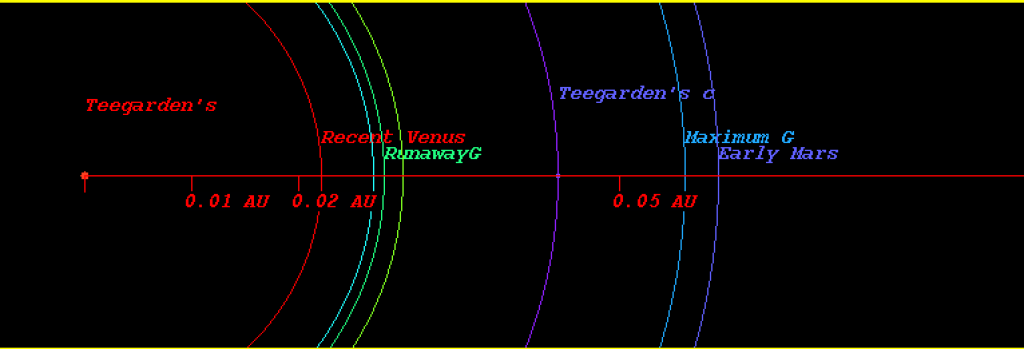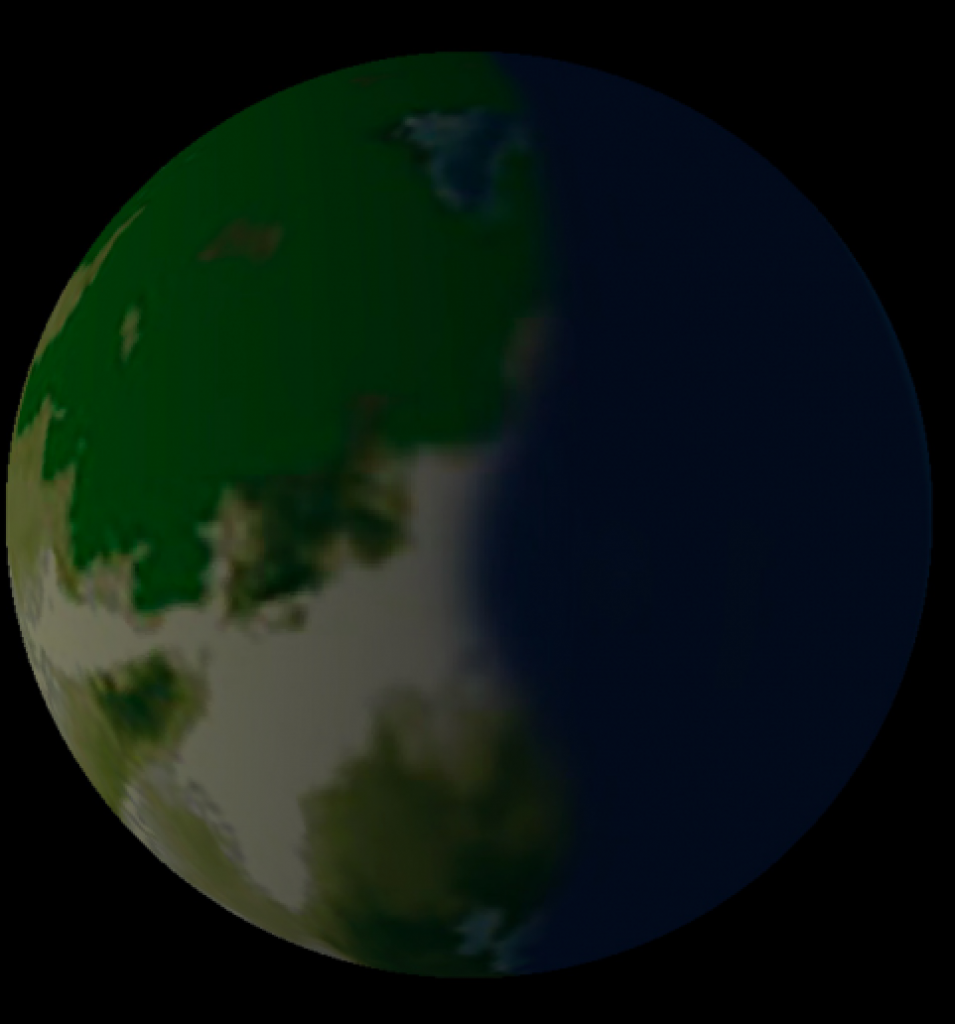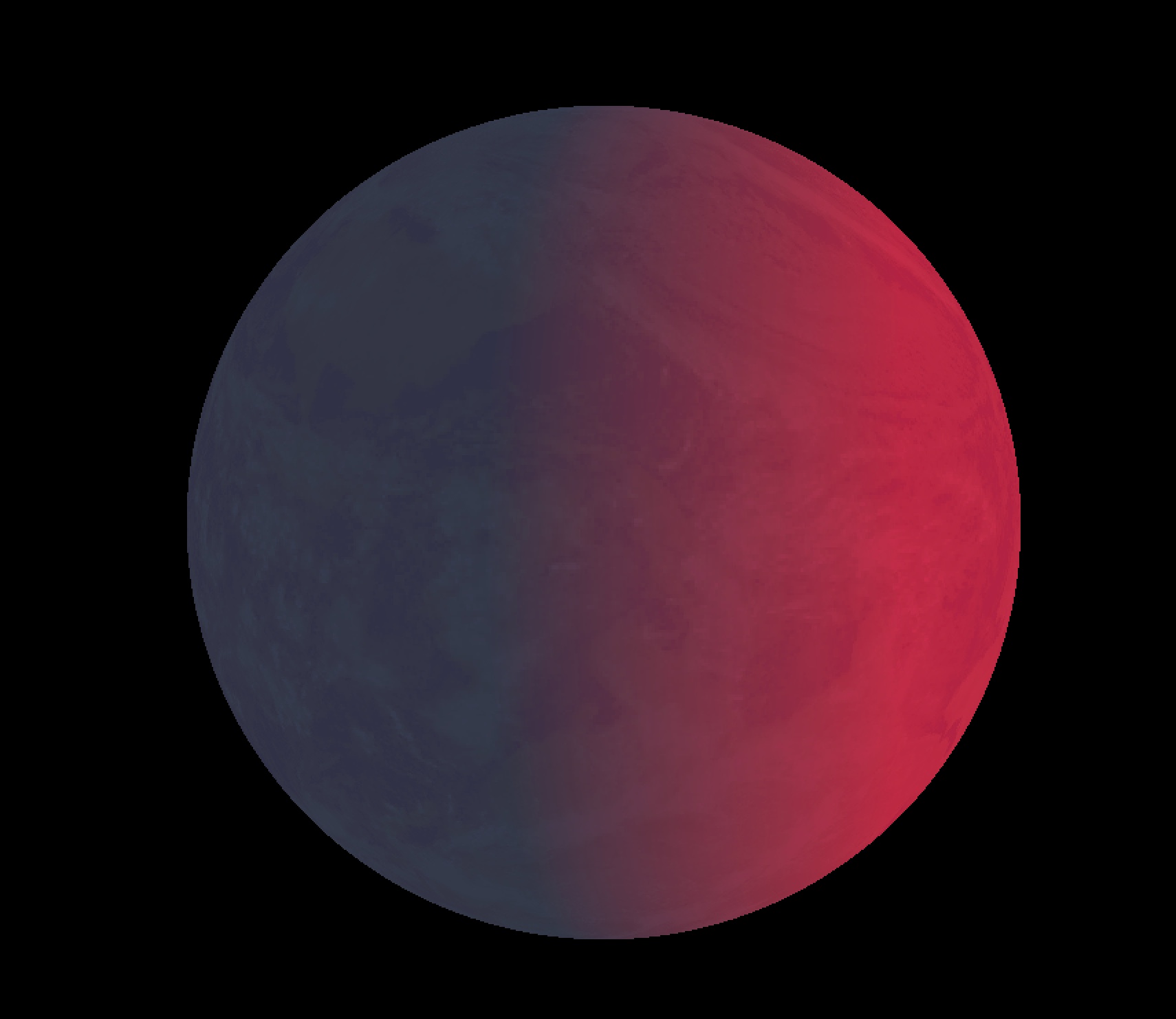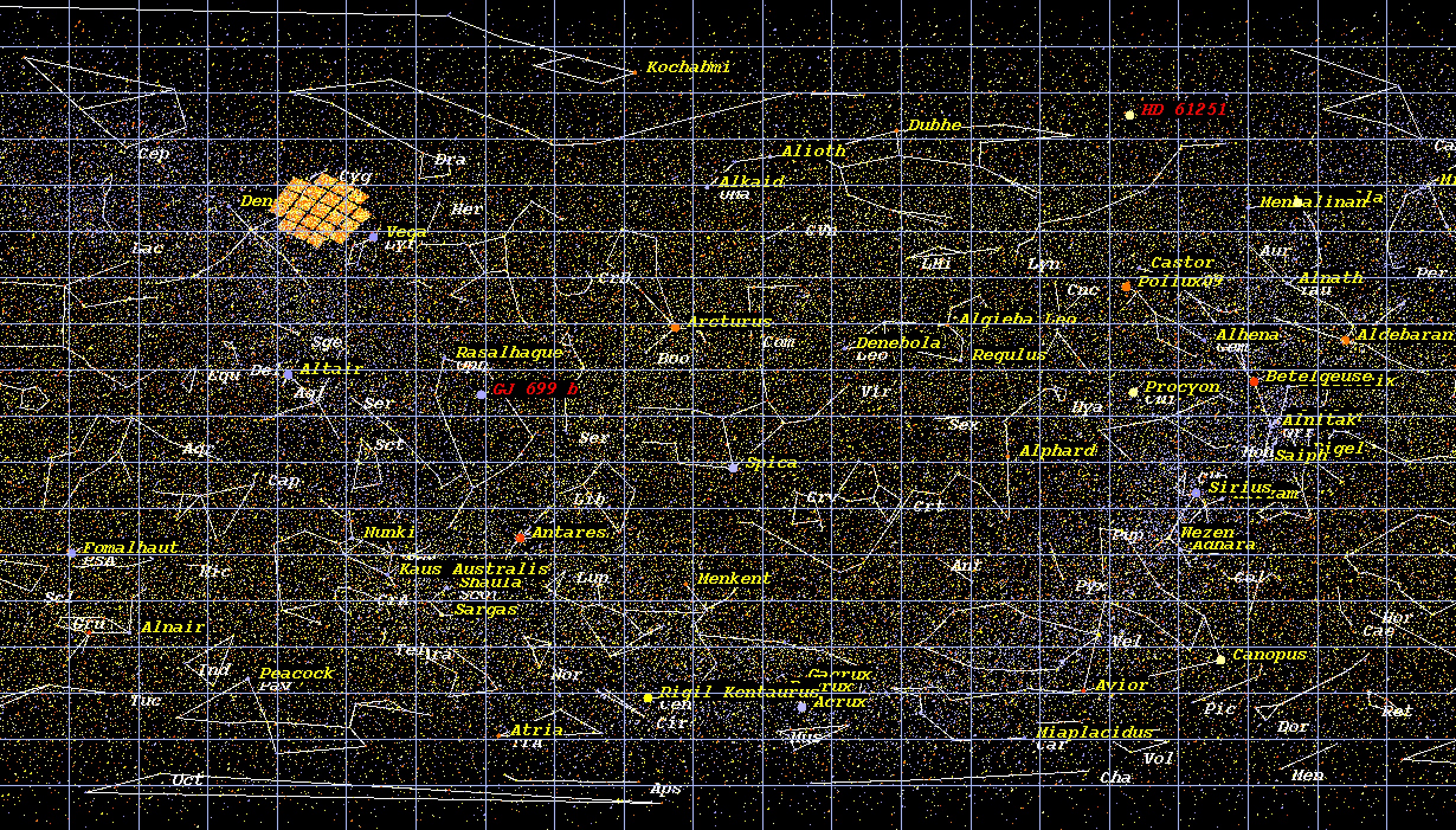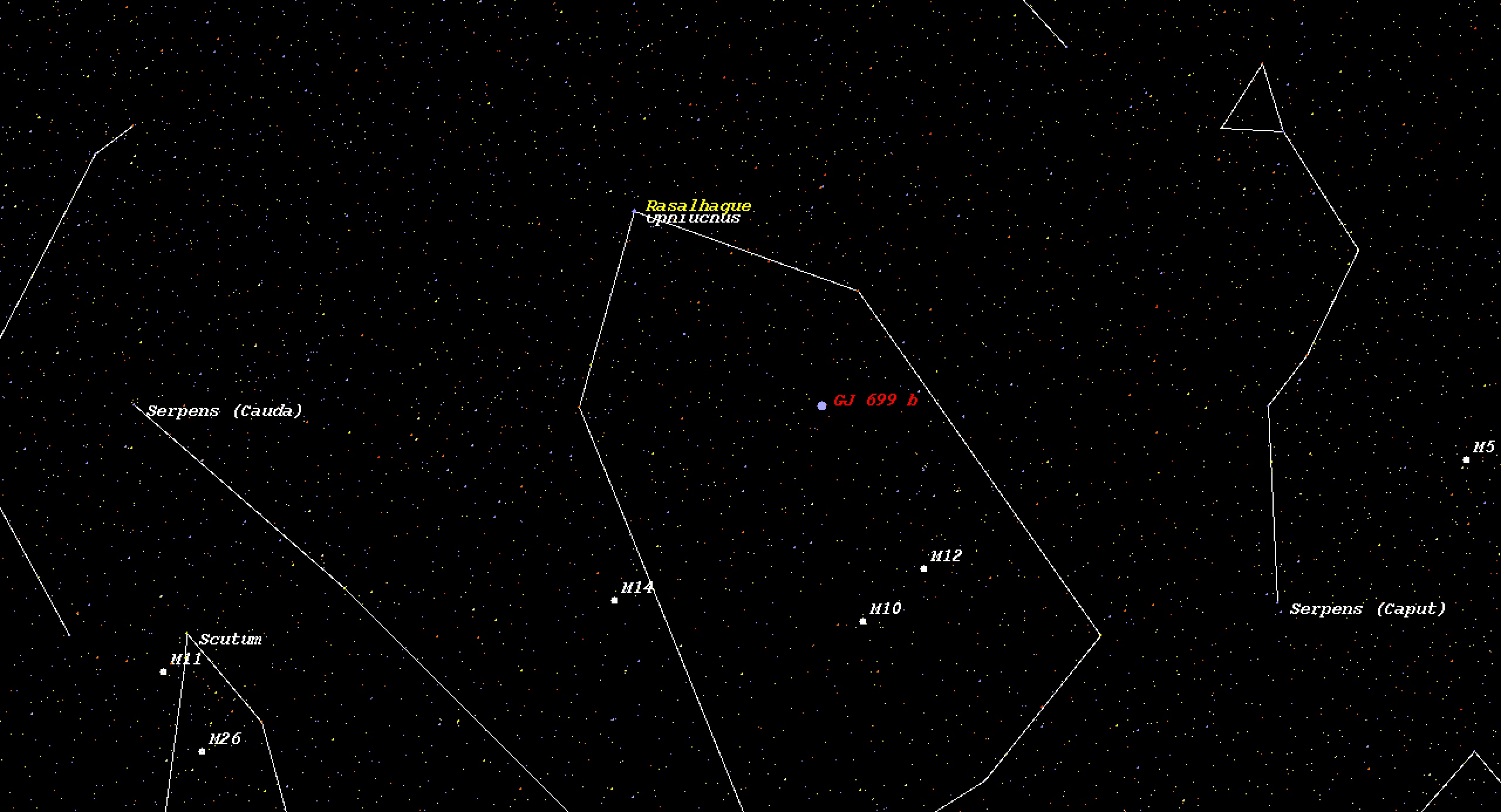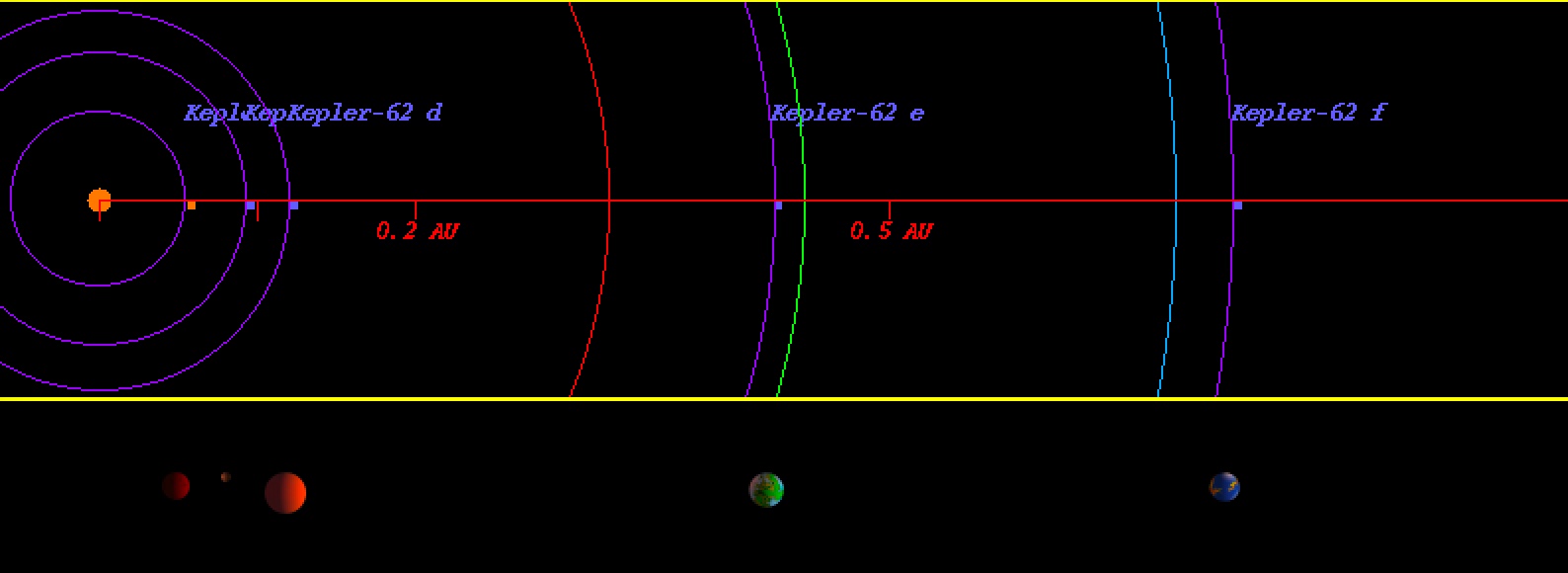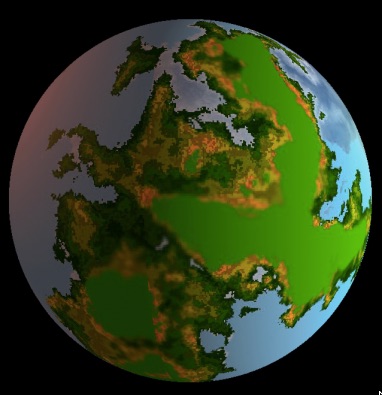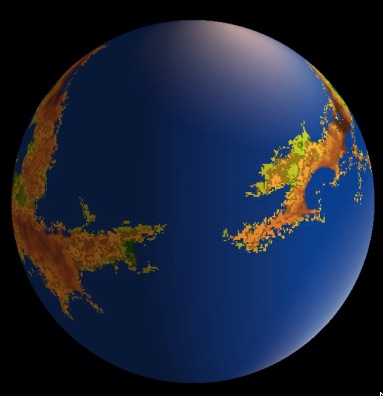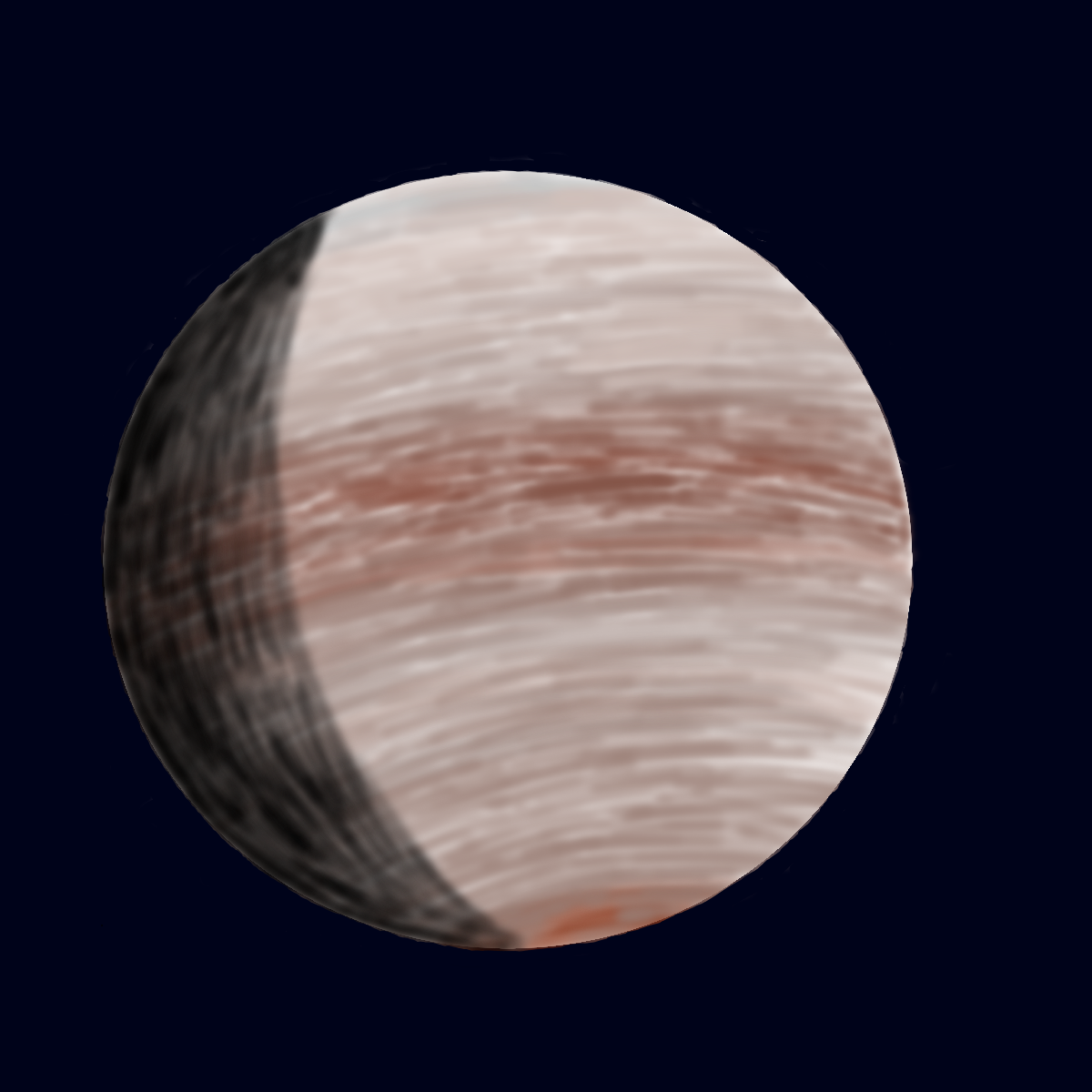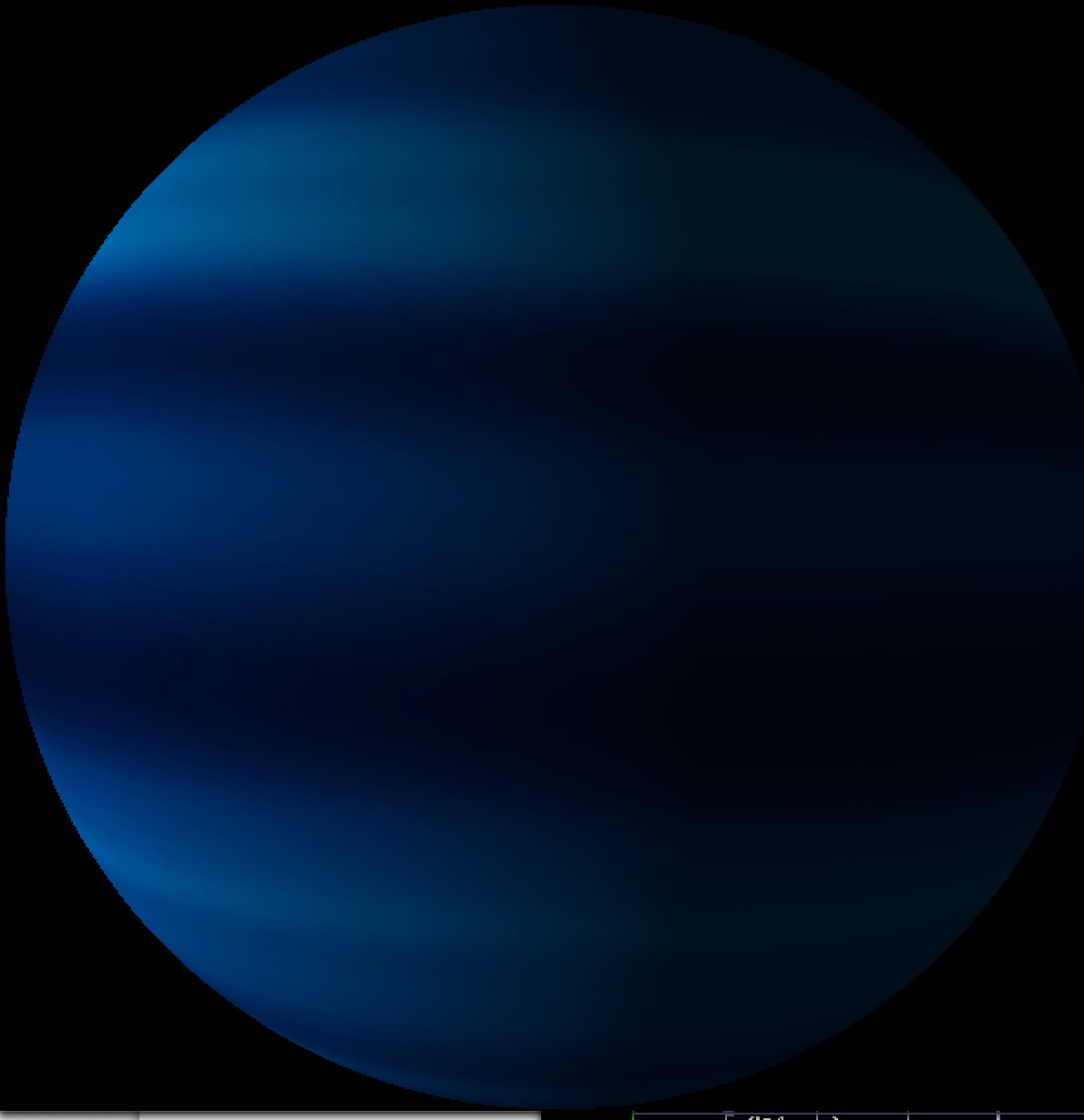K2-18b
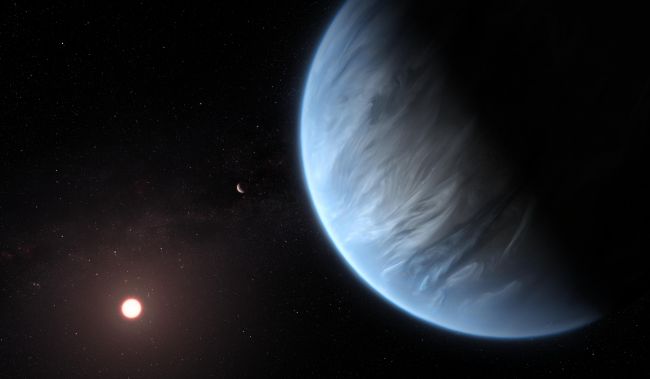
K2-18 b was discovered in 2015 orbiting around its host star K2-18. The star is an M-type dwarf and it is located about 110 light years from Earth.
The exoplanet K2-18 b, located in the habitable zone, has a mass about 9 times that of Earth, which means it’s either an icy giant like Neptune or a rocky world with a thick, hydrogen-rich atmosphere. It is also very close to its host star, so it orbits at around 0.1429 AU and it takes 32.9 days to complete one orbit.
Although it orbits close to the star, the exoplanet is still in the habitable zone, which means it can support liquid water on its surface. In fact, in September of 2019, researchers published two independent studies showing that there is a possibility of water vapor on K2-18 b. This was discovered by observations made with the Hubble Space Telescope. Some early models predict that K2-18b’s effective temperature falls somewhere between -100 and 116 degrees Fahrenheit, and if it is about as reflective as Earth, its equilibrium temperature would be roughly the same as our home planet.
“This is the only planet right now that we know outside the solar system that has the correct temperature to support water, it has an atmosphere, and it has water in it—making this planet the best candidate for habitability that we know right now,” University College London astronomer Angelos Tsiaras, a coauthor of one of the two studies, said during a press conference.
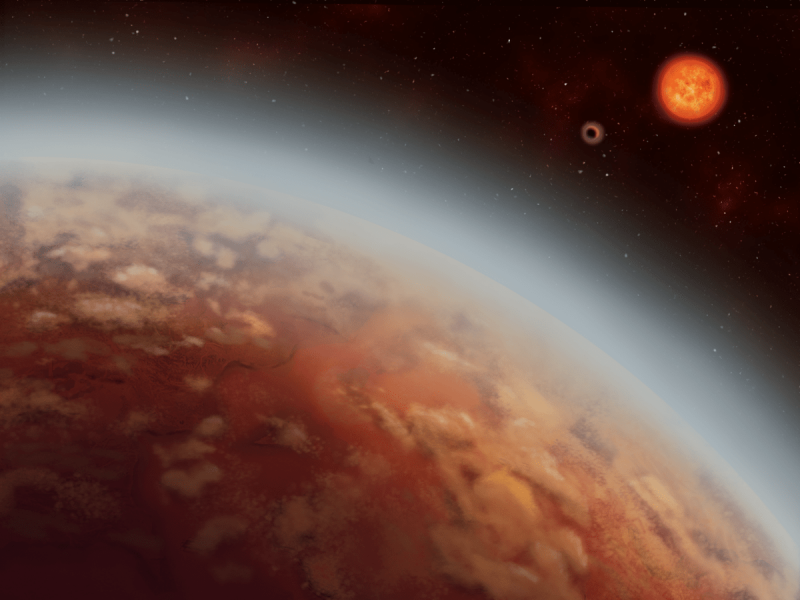
This is the first time that water vapor has been identified in the atmosphere of a non-gas-giant exoplanet in the habitable zone of its star, but soon after the announcement, many planetary scientists critiqued how the discovery was covered in the media.
In fact, just a few days later, Scientific American posted a harsh critique of the media coverage, claiming that K2-18 b is not at all habitable:
“The crux of the issue is the size of the planet. K2-18b is about 2.7 times the size of Earth—so large that the planet must have a massive, extended atmosphere, with a significant fraction of light hydrogen gas. An atmosphere like this makes K2-18b much more akin to Neptune than it is to Earth.
In a hydrogen-rich atmosphere, the temperature and pressure increase the deeper you go. By the time the rocky core is reached, the pressure is expected to be thousands of times higher than the surface of Earth, and the temperature can approach 5,000 degrees Fahrenheit.
These conditions are bad news for the formation of complex molecules, such as DNA, which aren’t stable at high temperatures and pressures. Even if we’re very open-minded about the conditions required for life to evolve, there’s broad consensus that complex molecules of some kind are necessary, to ensure that enough information is provided for replication to occur. Complex molecules cannot form on the deep surface of K2-18b.”
Although the planet may not habitable, it is still a huge discovery with great implications of finding more exoplanets that can hold water. The search for another habitable world outside of our solar system, or life on another planet goes on.
